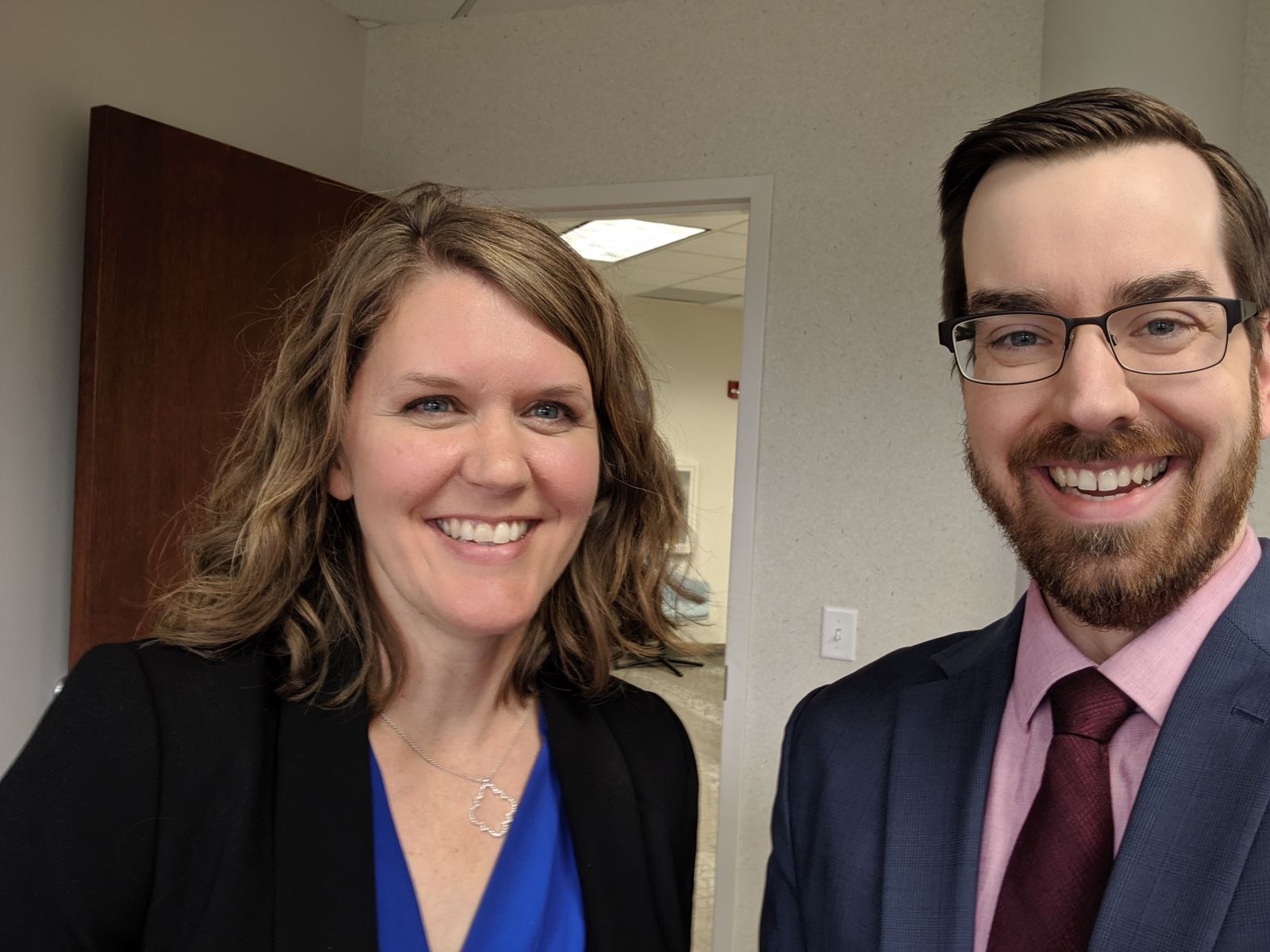A Look Inside the Alliant Rate Case Hearing
posted
by Michael Schmidt on Friday, October 11, 2019
The Iowa Utilities Board just wrapped a three-day hearing on the proposed changes to electric rates for Alliant Energy’s Iowa affiliate, Interstate Power & Light. Alliant filed a request in March to increase its rates by $203.6 million per year and last week settled with nine of the fifteen parties to the case, including IEC, on issues such as coal plants and renewable energy. Because the regulatory process can be difficult to track, we’re providing a look into what happened.
To request a change electricity rates, Alliant filed dozens of documents to the Board’s website. This included “direct testimony” from Alliant staff, which is like the transcript of live testimony in a courtroom. IEC and other parties submitted petitions to participate in the case and provided their own direct testimony. Parties then file more written testimony (rebuttal) to dispute the other parties’ positions. In total, over 50 witnesses provided thousands of pages of written testimony in this case. IEC and the Environmental Law & Policy Center (ELPC) sponsored testimony from four outside experts and Energy Program Director Kerri Johannsen.
After testimony is filed, the in-person hearing allows participants to cross-examine the witnesses who provided written testimony and gives the Board opportunity to ask the witnesses questions.
At the hearing, the Utilities Board members had many questions about how the terms of the settlement would work. The settlement includes agreement on a smaller rate increase than Alliant requested, a planning process to evaluate retirement of coal plants, and some specific changes to electric rates.
Under the settlement, IEC will participate in a comprehensive planning process for Alliant’s coal plants to evaluate whether they are economically viable in the future – IEC’s own analysis showed that customers could save money if coal plants were retired. IEC can also participate in discussions about renewable energy programs and grid modernization, both of which can increase the amount of small- to medium-scale renewable energy around the state. The questioning from the Utilities Board about the settlement is significant because the settlement only takes effect if approved by the board.
The board also had questions about Alliant’s proposed changes to rates, whether those costs are affordable, and the details of Alliant’s renewable energy proposals. ELPC’s attorney, Josh Mandelbaum, questioned an Alliant witness on Tuesday about proposed change to the existing method of net metering. IEC’s Kerri Johannsen testified on Wednesday in response to questions from the utilities board and Alliant’s attorney related to her testimony about the potential for unfair competition in the solar market.

The hearing included fifteen parties, testimony from 27 witnesses, and dozens of exhibits introduced during the testimony. Because of the large number of people and issues involved, the hearing was held in the Varied Industries building at the state fairgrounds for three days, including nearly 12 hours on Tuesday.
IEC and ELPC will jointly file post-hearing briefs to wrap up arguments in the case and the IUB’s decision about whether to approve, amend, or reject the settlement and how to resolve other issues in the case is due by January 1, 2020.
- carbon pollution
- clean energy
- climate change
- energy efficiency
- solar power
- solar tax credits